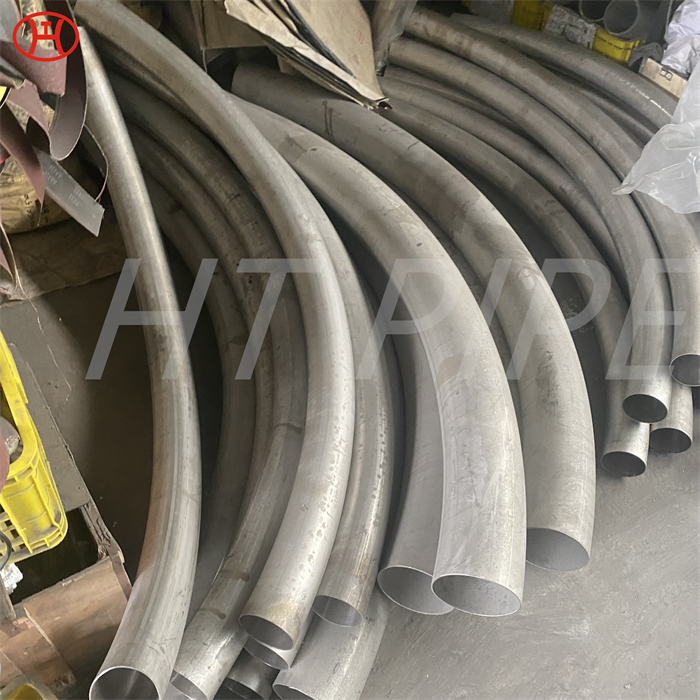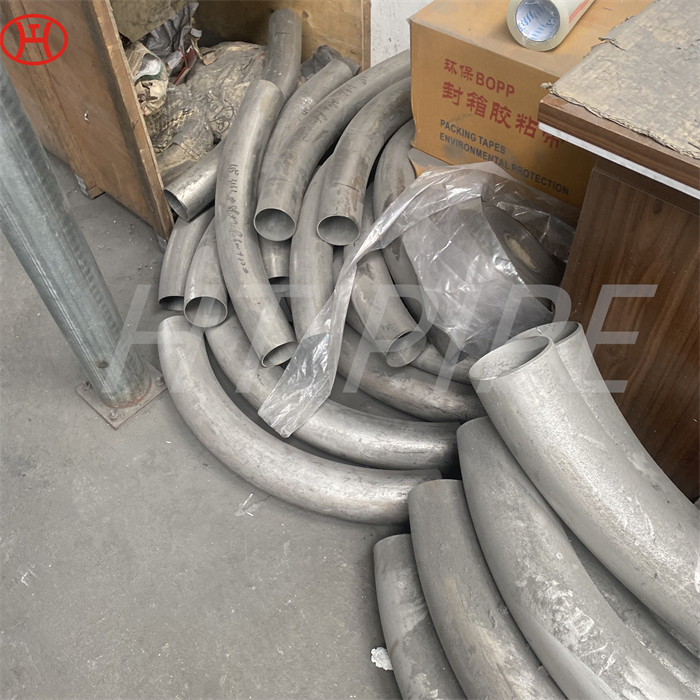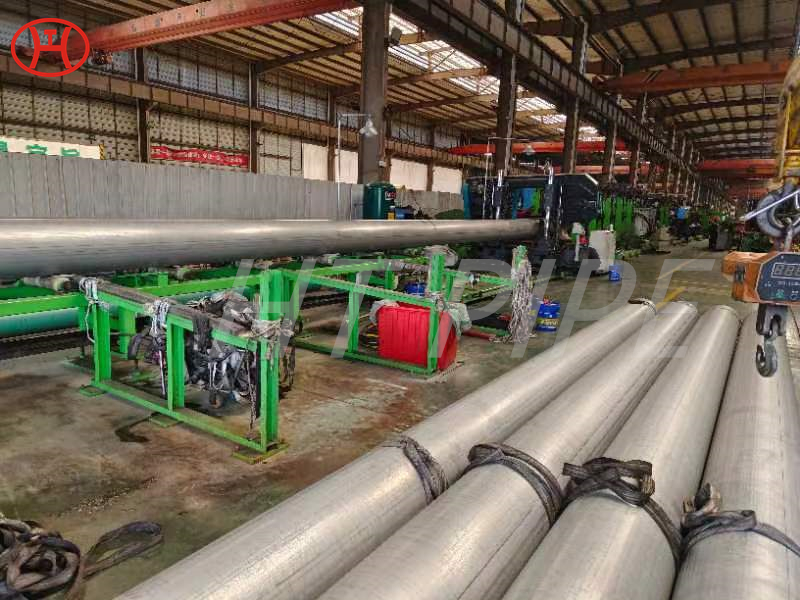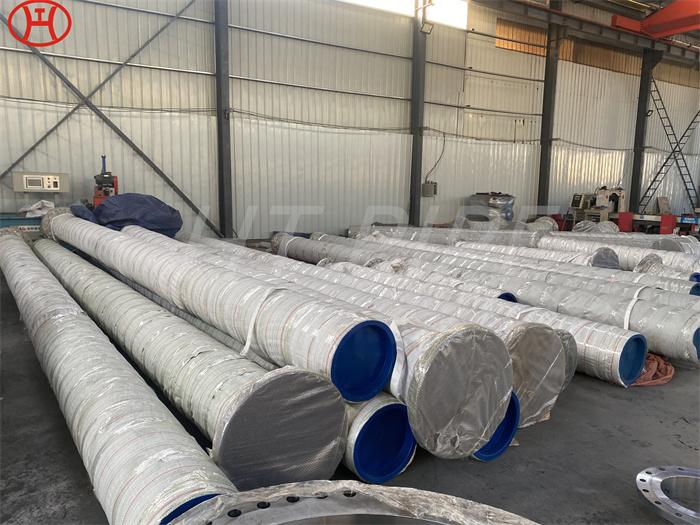Hastelloy C22 pipe bend possess good resistance to creep rupture and oxidation
This nickel steel alloy also has excellent resistance to oxidizing aqueous media including wet chlorine and mixtures containing nitric acid or oxidizing acids with chlorine ions.
Hastelloy C22 pipe bend provides resistance to general corrosion, pitting, crevice corrosion, intergranular attack, and stress corrosion cracking. Hastelloy C22 Alloy 22 (UNS N06022; W. Nr. 2.4602; NiCr21Mo14W) is a fully austenitic advanced corrosion-resistant alloy that offers resistance to both aqueous corrosion and attack at elevated temperatures. This alloy provides exceptional resistance to general corrosion, pitting, crevice corrosion, intergranular attack, and stress corrosion cracking. Alloy 22 is nickel-base and typically contains 22% chromium, 14% molybdenum, and 3% tungsten. Iron is normally limited to less than 3%. The alloy¡¯s high content of chromium gives it good resistance to wet corrosion by oxidizing media.
















































































































































